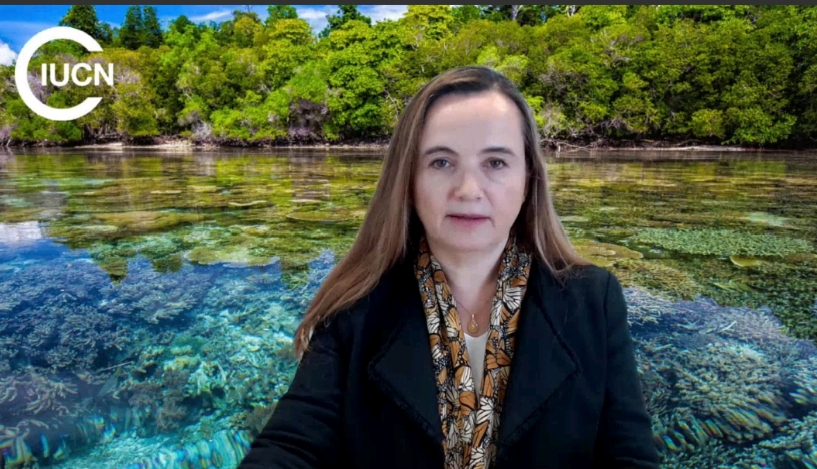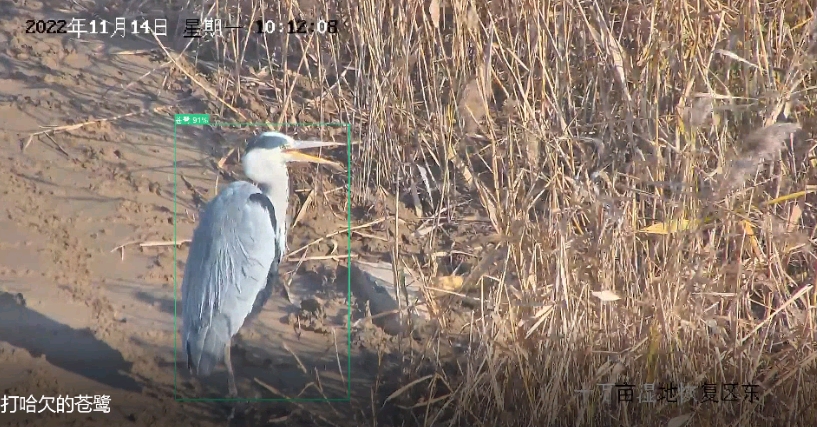On the 50th anniversary of World Environment Day, Huawei and IUCN highlighted smart solutions for supporting effective and fair management and governance of protected and conserved areas, and the growing importance of technology in tracking threatened species and protecting their natural habitats.
 |
| Innovative technologies used for tracking and monitoring biodiversity and nature conservation projects |
Huawei and IUCN outlined a vision for protected and conserved areas, to leverage digital technology to help achieve global biodiversity goals. At the summit, the Smart Protected Areas White Paper was launched, jointly developed by Huawei, IUCN China and the Chinese Academy of Forestry, to share the blueprint for building smart protected areas, based on experience from China’s protected areas.
The key to wildlife protection is understanding distribution, behaviours, seasonal trends of species, and how human activities may impact their patterns. This requires extensive data, which can be challenging to attain given remote and hard-to-access areas, often exacerbated by extreme weather. Early data collection and research efforts relied on scientists going into the field to install camera traps to capture images. These cameras needed to be maintained, their batteries replaced, and their memory cards replaced and analysed; time - and labour-intensive processes that frequently resulted in data and images that were several months old.
Implementing next-generation digital technologies, such as cloud computing, IoT, mobile Internet, big data, and AI enables real-time data acquisition and interaction. This is key to improving smart sensing, analysis and management of species protection and area-based conservation efforts, making them more effective and thereby better at conserving nature.
Since 2019, Huawei has worked alongside over 30 global partners, including IUCN, to apply digital technologies to achieve effective conservation and restoration outcomes in 46 protected and conserved areas worldwide, from tropical rainforests in China's Hainan - home to the world’s rarest gibbon, to wetland oasis in Italy, and coral reefs off the east coast of Mauritius.
"We have gained a lot in the past three years of cooperation, during which time Huawei has worked with us to demonstrate how to use new technologies responsibly to protect nature. IUCN looks forward to longer-term collaboration with Huawei as a tech leader to help achieve global goals such as the target to conserve at least 30% of the Earth's land and water by 2030," said Dr Grethel Aguilar, Deputy Director General for IUCN.
 |
| Dr Grethel Aguilar, Deputy Director General for IUCN delivered a welcome speech at summit |
The primary aim of the Smart Protected Areas White Paper is to realize the effective conservation of protected areas and the sustainable management of natural resources. Based on this target, the white paper identifies seven major scenarios, including ecological protection and restoration, resource management, and scientific research amongst others.
 |
| Too Jingwen, Director of the Board Chairman of CSD Comittee Huawei |
 |
| Peng Song Senior Vice President and President of Huawei's ICT Strategy & Marketing Department |
 |
| Yawning herons (Captured by Monitoring Platform of Yellow River Delta National Nature Reserve in Shandong Province) |














0 Comments